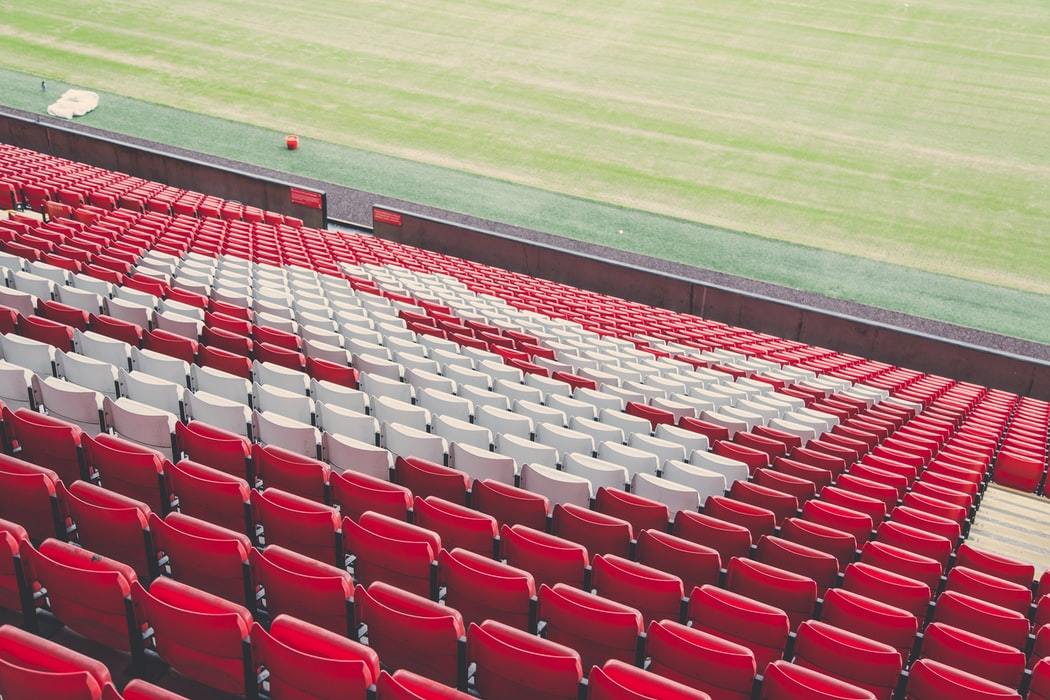- Head of Sponsorship, Steve Cording, explores why 2019 is the year for female sports on International Women's Day
WHEN I started on the Daily Mail sportsdesk in 2001 there were no female reporters and, as shameful as it is to admit, only fleeting interest in women’s sporting exploits.
Two decades on and attitudes are very different. Alison Kervin was appointed as the first female sports editor of a national newspaper in 2013 when she took on the role at the Mail on Sunday and athletic performance is no-longer gender specific.
During that period newsbrands battled with how to cover women’s sport without wanting it to appear worthy. It was once ‘nice to have’ and easy to place on the cutting room floor if a man did anything deemed slightly more interesting or remarkable.
Brands and advertisers were just as guilty trying to fulfil the necessity of appearing to be diverse without giving true credence to athletic achievements.
The London Olympics in 2012 represented a sea-change in attitudes with the exploits of Jess Ennis-Hill, Laura Trott, Victoria Pendleton, Nicola Adams, Jade Jones, Katherine Grainger and Anna Watkins et al given the coverage they merited.
Ennis was also dubbed one of the ‘faces of the Games’ following her appearance in a number of campaigns from several Olympic sponsors including BP and Omega.
The campaign theme for this year’s International Women’s Day, #BalanceforBetter, suggests there is still some way to go before gender balance is no longer an issue especially in business in the boardroom, government, media and sports.
But there is no doubt that in 2019, brands and advertisers should look at tournaments like the women’s World Cup and see the massive opportunity it represents. It is no longer about ‘empowering’ women – women’s sport is becoming box office in its own right.
The World Cup in France and the Netball World Cup, coming to Liverpool in July, are a chance to showcase women’s sport to a global audience. With newsbrands and broadcasters lined up to cover the events, advertisers need to wake up to the opportunities they now represent.
Nike have led the way in sports advertising for many years and have done it again with their Dream Crazier film, that made its debut at last month’s Oscars, features gold medal gymnast Simone Biles, American sabre fencer Ibtihaj Muhammad and US snowboarder Chloe Kim, the youngest woman to win an Olympic snowboarding medal aged just 17.
Narrated by tennis superstar Serena Williams, the advert addresses the sexist assumptions often made about women. If they show emotion they are seen as being “dramatic” and if they get angry they are “hysterical, irrational or just being crazy”.
This year, England’s female footballers will be aiming to capture the world’s attention in the same way our cricketers did in 2017.
More than 180 million people were estimated to have watched the ICC Women’s World Cup and #WWC17Final was the most tweeted hashtag for a women’s sport final ever.
Evening Standardworked closely with the England Cricket Board in 2017 and then 12 months later with England Hockey and Vitality to help promote the Women’s Hockey World Cup that took place in London.
Both partnerships, running across print and digital, were designed to help to raise the profile of the teams as well as driving awareness of the tournaments in the countdown to competition through editorial coverage, preview supplements and targeted advertising.
Some companies, like Vitality, have already committed to women’s sport. Investec is another in a long-term sponsorship deal with England women’s hockey and have been since 2011. O2 has done well in its sponsorship of England Rugby in promoting both men’s and the women’s team in its media. However, there is still a reluctance from some to see the business case for sponsoring women’s sport.
The women’s England football team will never compete on a level playing field with their male counterparts when it comes to coverage and sponsorship but Kelly Simmons, the Football Association’s Director of Women’s Football, is leading the charge to break into the mainstream.
The FA is on track to double the number of players and fans in the women’s game by 2020 and reported last year that there are now 6,767 affiliated female teams, up from 6,000 in 2016-17, with a 15.9 per cent increase in Mini-Soccer teams.
My daughter is now 18 months old and, whereas it was assumed that her two brothers would play football, the opportunity for her to follow suit is growing by the day and there will likely be new heroines for her to try and emulate after this summer’s tournament in France.
Broadcasters now have an obligation to increase the visibility of women’s sport, but there is also the need for long-term commitments from brands to sponsor women’s sport and complement the media coverage. Women’s sport needs to be treated as the serious proposition it has become and recognised as a vast opportunity for growth.


